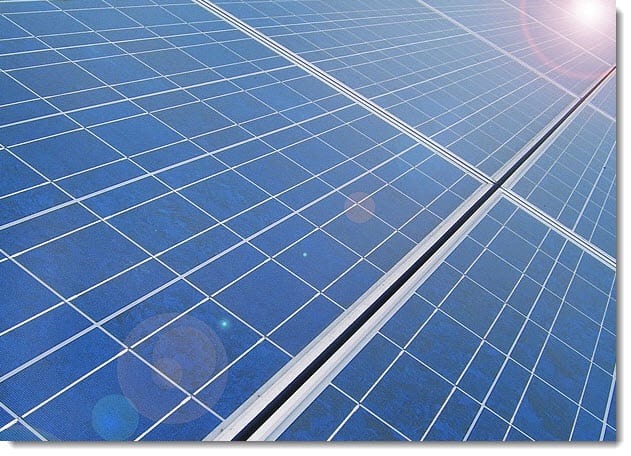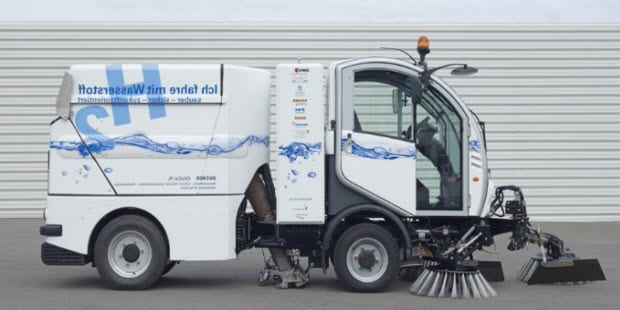
Solar energy startup creates hydrogen ion canon to make inexpensive solar energy cells
March 15, 2012Twin Creeks Technology, a solar energy startup that has largely remained in obscurity, has announced the development of a new method for creating photovoltaic solar cells.
The company claims that this new method can create solar cells at half the cost of conventional methods. Twin Creeks notes that this new production method does not use traditional particle accelerators to infuse solar cells with their solar harvesting properties. The company designed an entirely new particle accelerator that it claims is much more effective.
The vast majority of solar panels are made of thin, wafer-like materials that are cut from crystalline silicon.
These wafers are then placed in a particle accelerator where they are bombarded with particles that turn them into the photovoltaic energy systems they are known as today. There are problems with this method, of course. The first problem is that the process is considerably inefficient. The majority of a crystalline silicon block is lost when cutting a wafer with a thickness of only 200-micrometers. Secondly, these silicon solar cells can be just as effective as they are today if they were thinner, but silicon is so brittle that thicknesses less than 200-micrometers would make a solar panel too fragile for use.
Twin Creeks has developed a hydrogen ion cannon, a particle accelerator it has dubbed Hyperion.
Using this type of particle accelerator, Twin Creeks is able to use 3-milimeter thick slices of silicon. These slim wafers are then bombarded with hydrogen ions that make them capable of turning sunlight into electricity. Twin Creeks claims that this is the way they are able to effectively cut the cost of solar cells in half.



 With over 15 years of reporting hydrogen news, we are your premier source for the latest updates and insights in hydrogen and renewable energy.
With over 15 years of reporting hydrogen news, we are your premier source for the latest updates and insights in hydrogen and renewable energy.